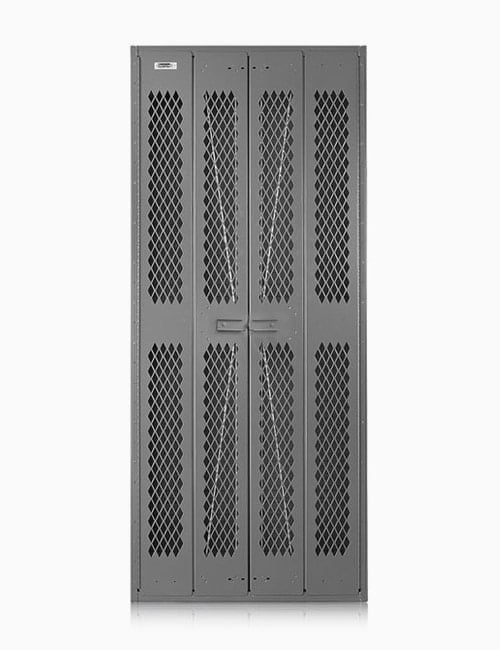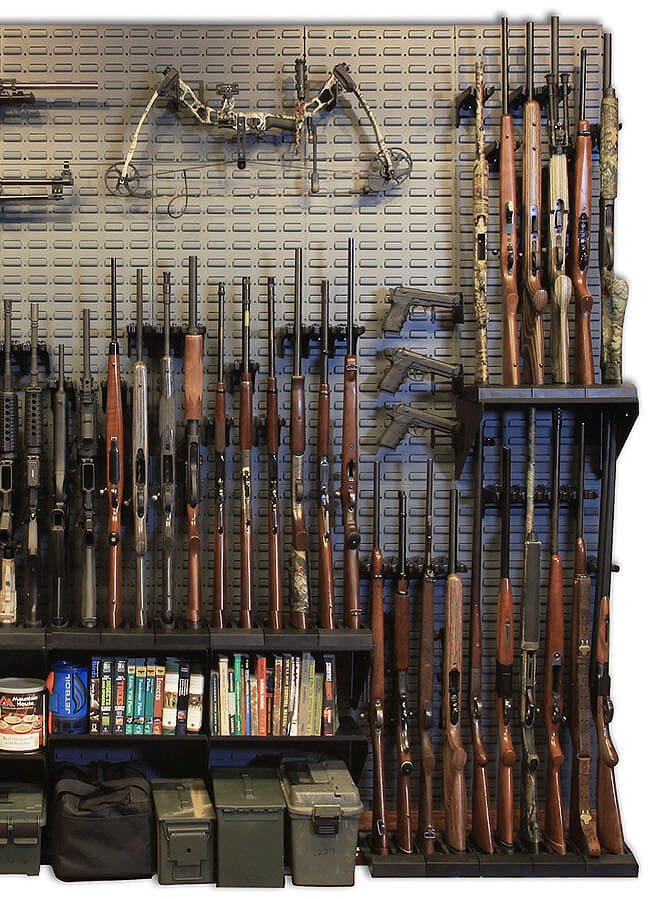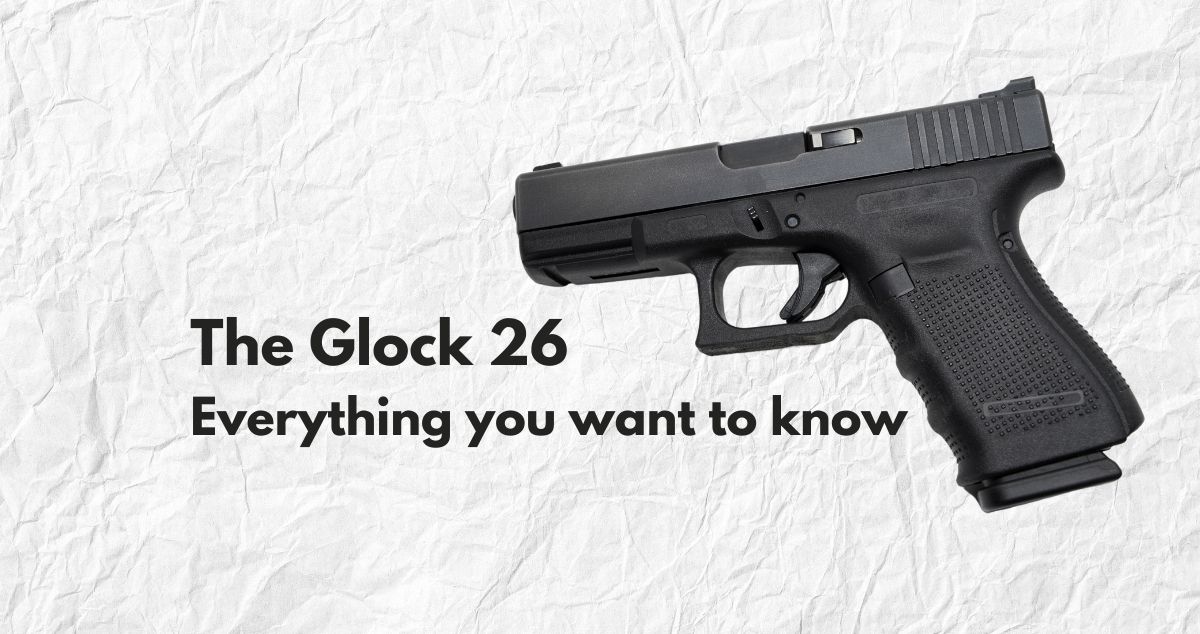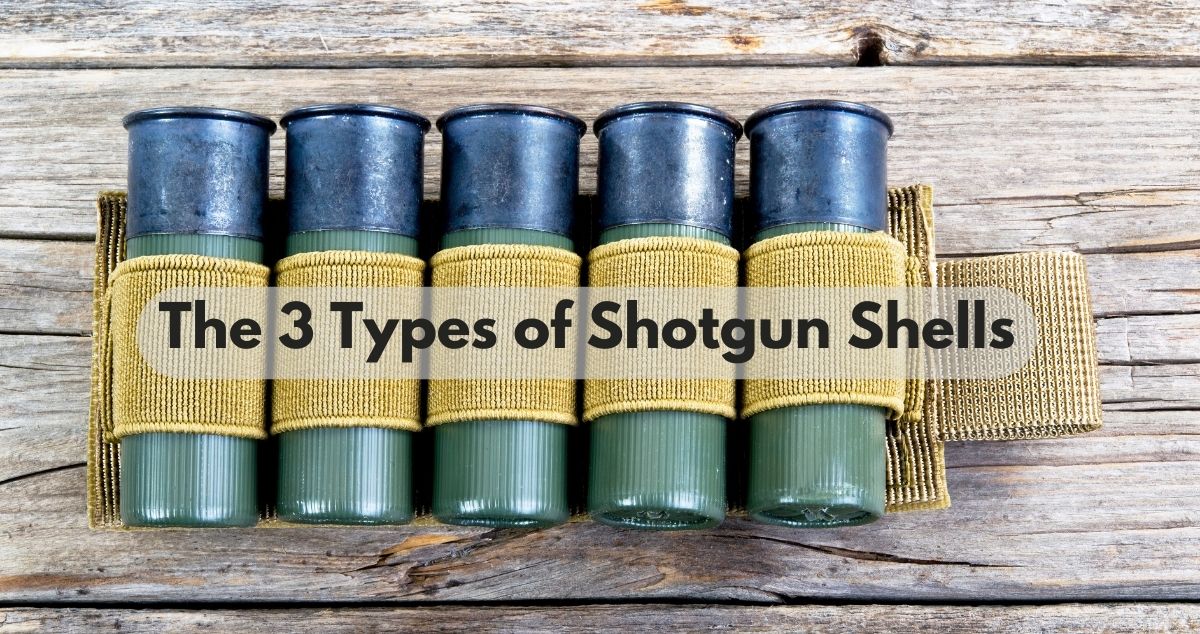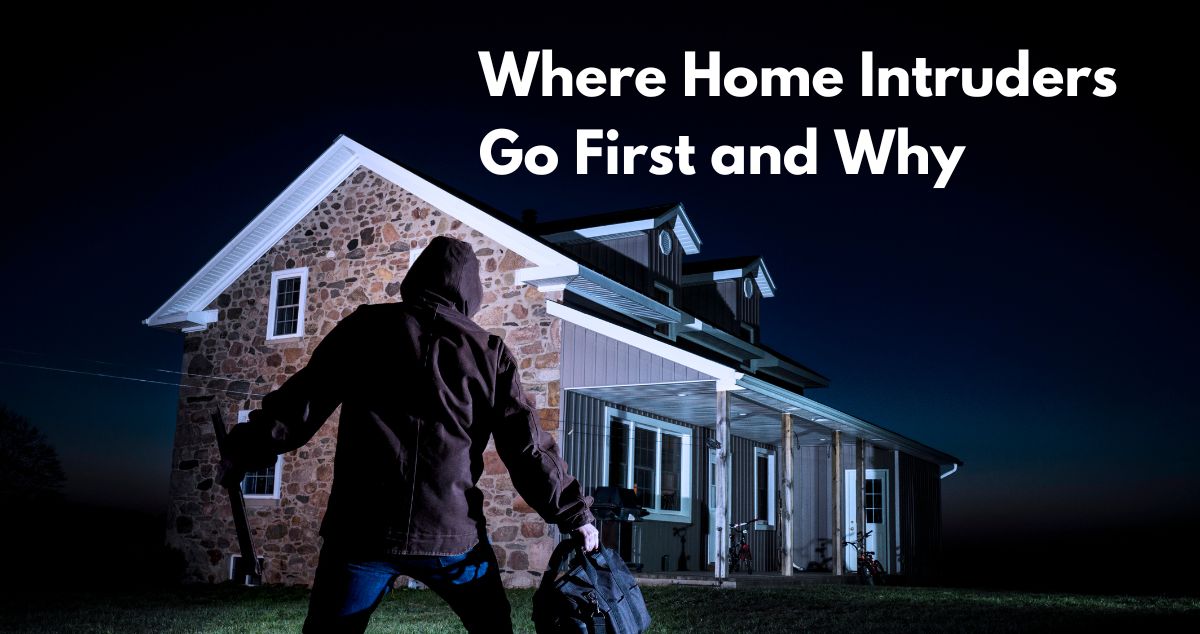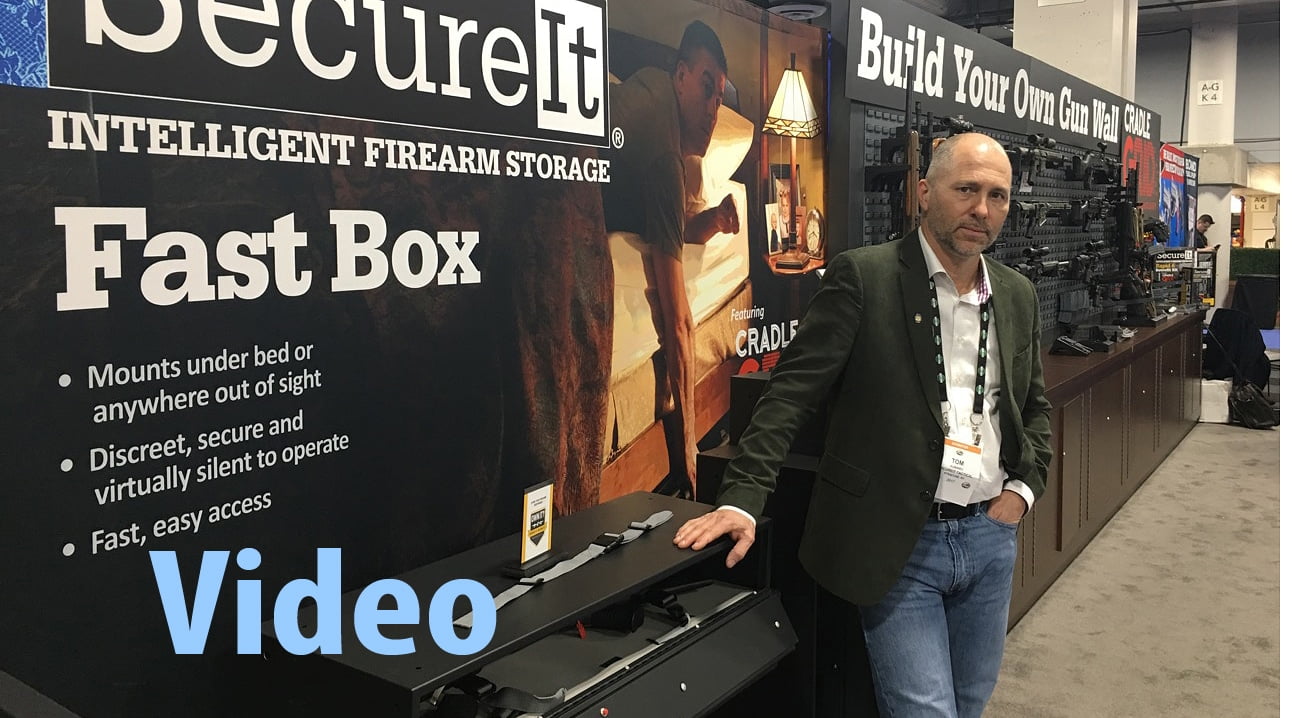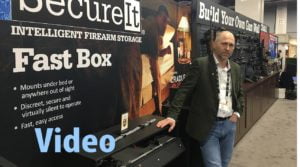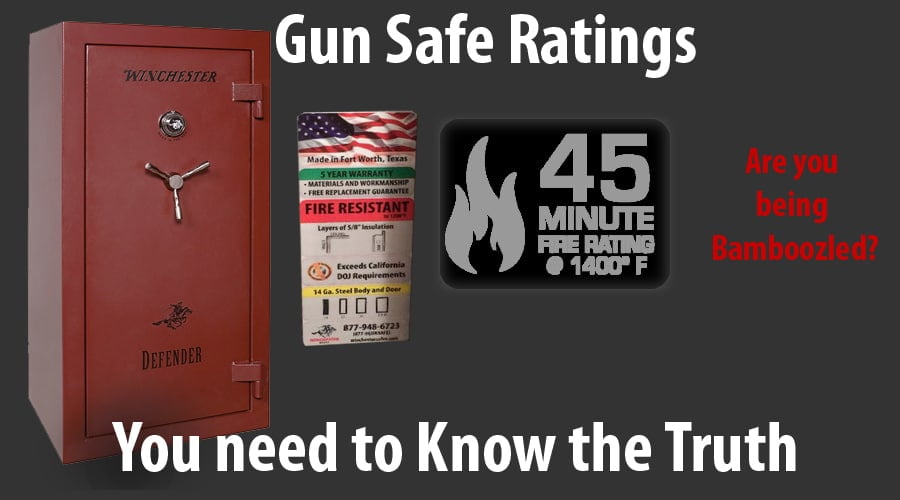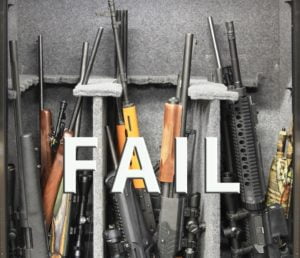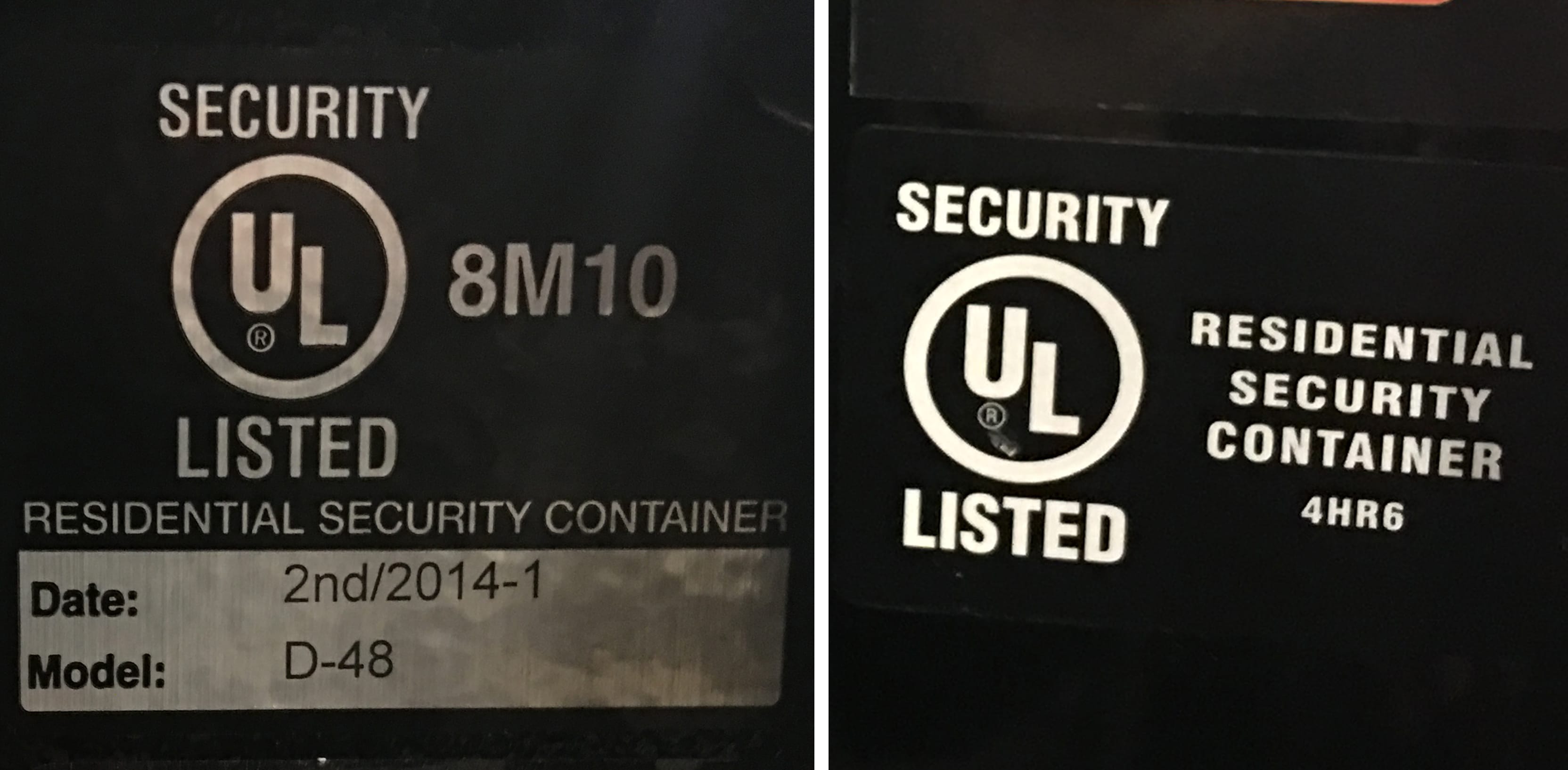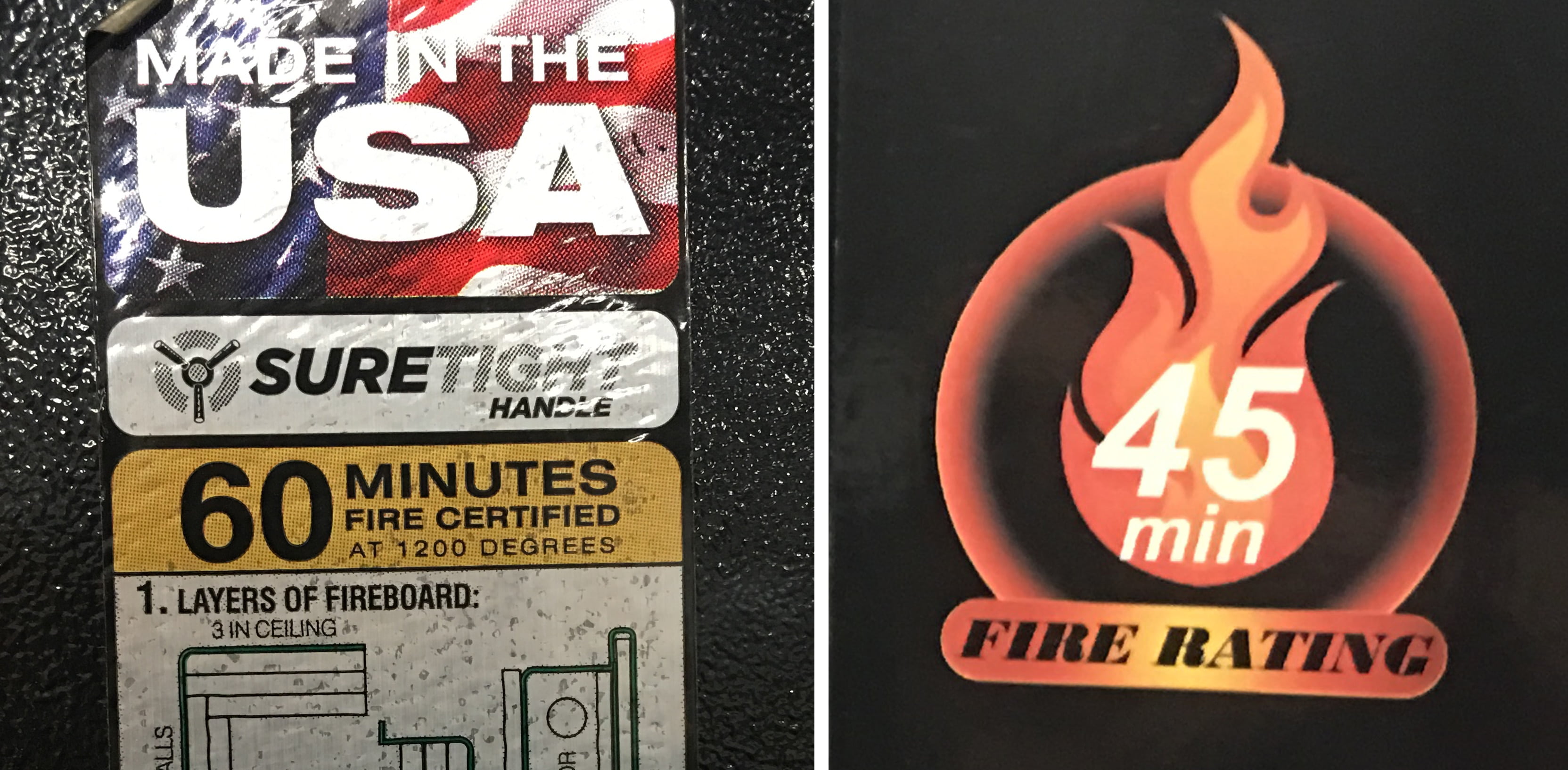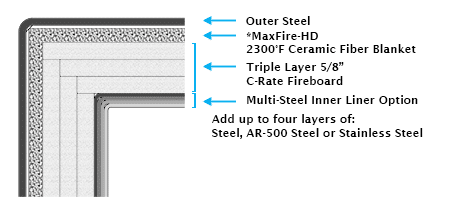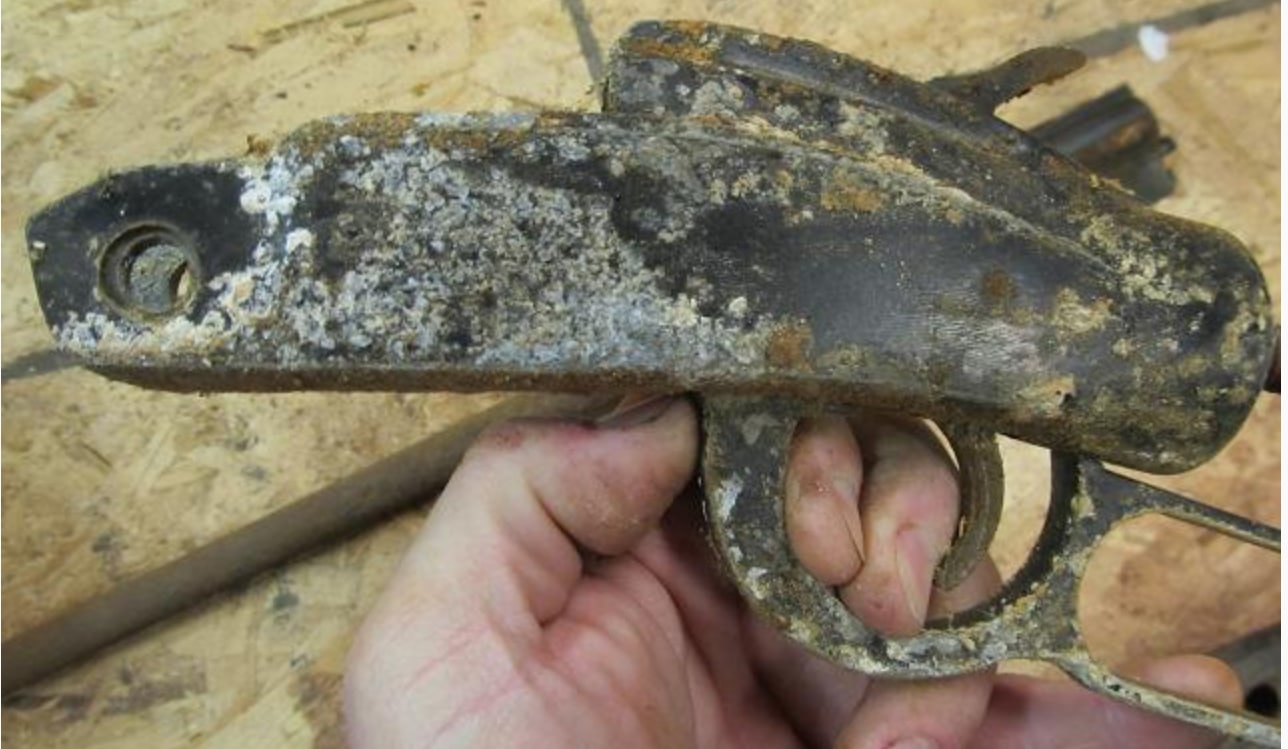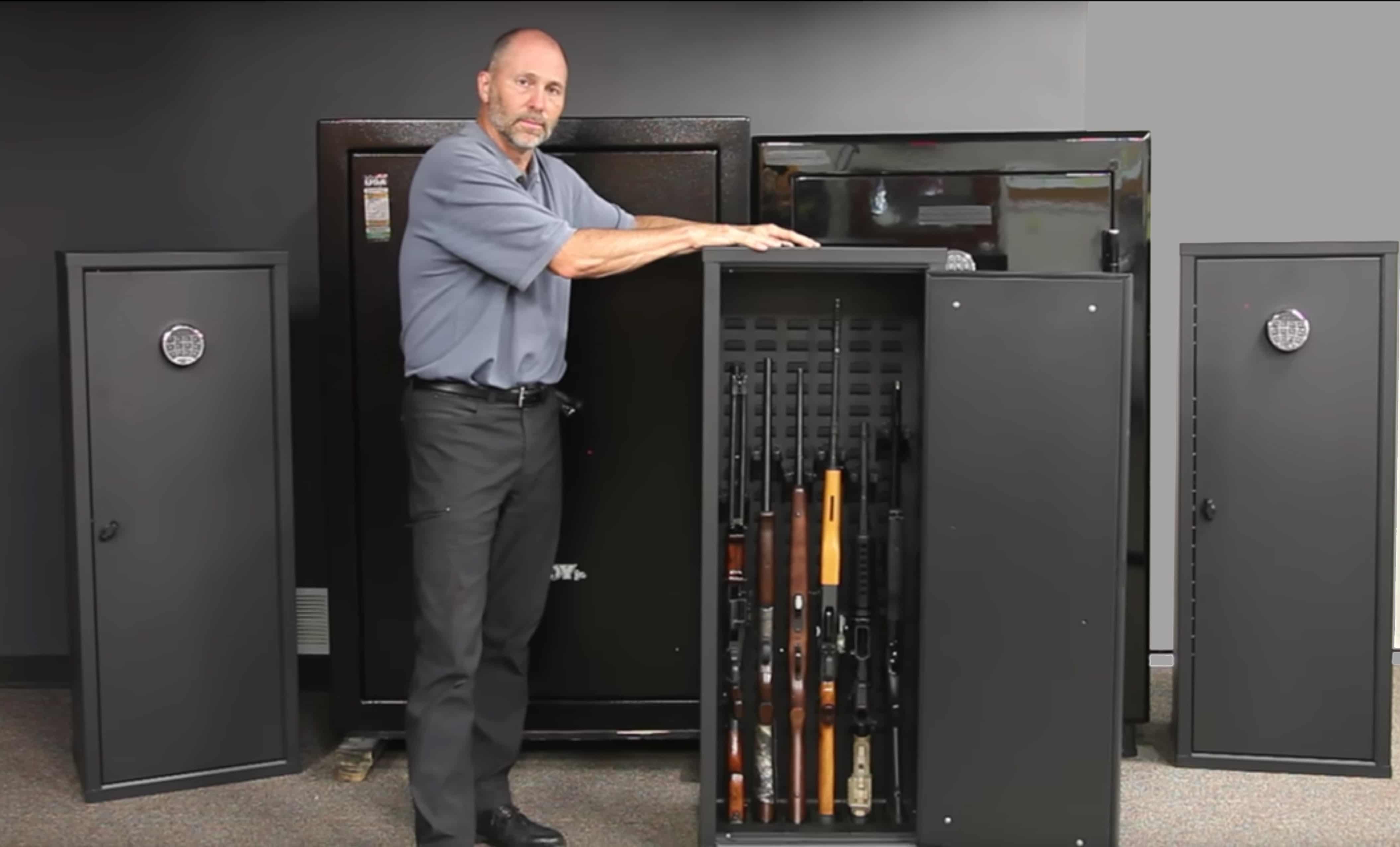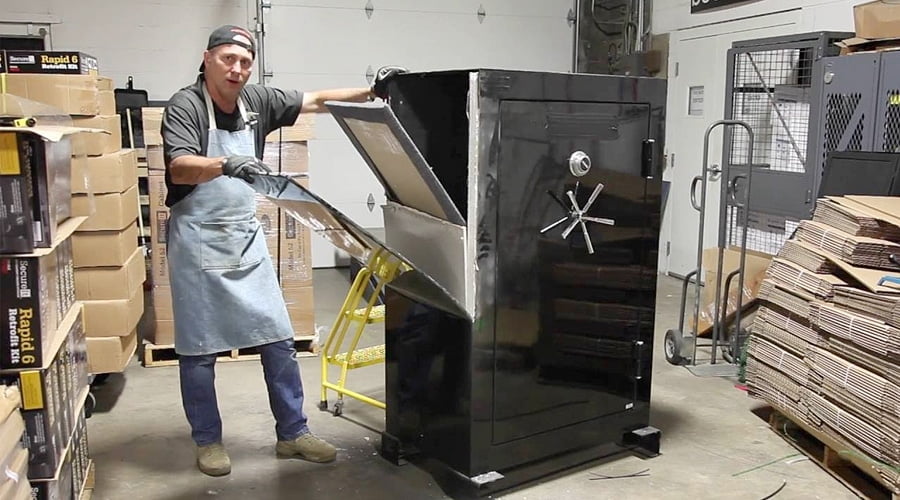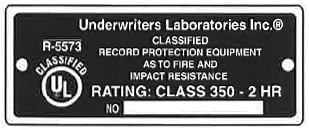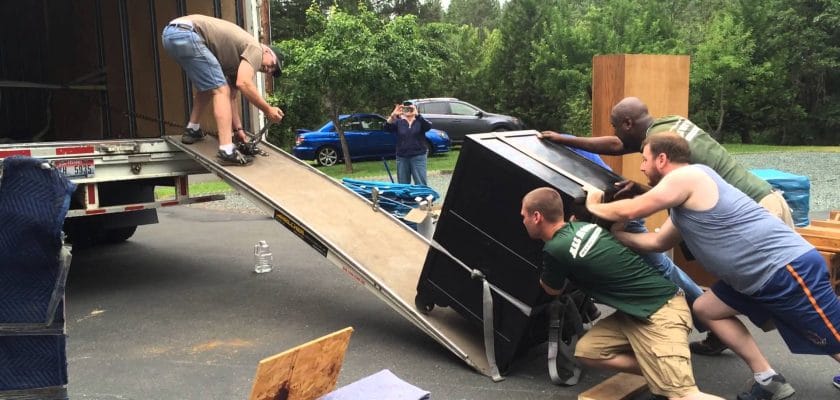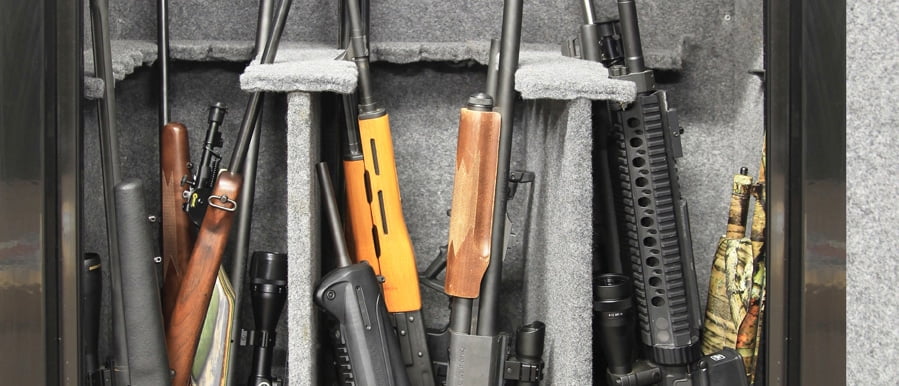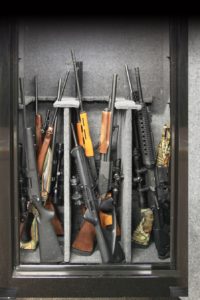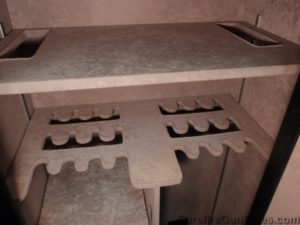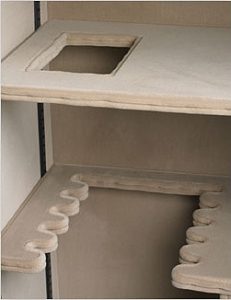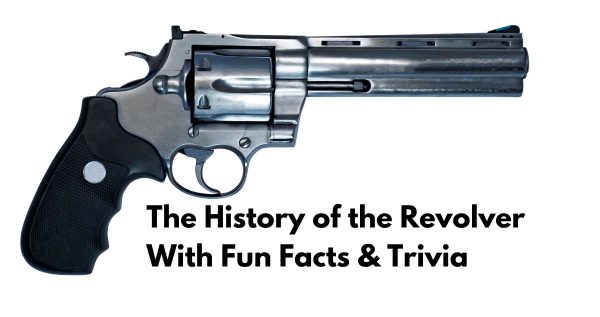
From the iconic spinning chamber spun by cowboys in wild west films, to the sleek chambers of modern firearms, the revolver is likely the most iconic of all guns. Original ideations date back to the 1400’s, and they continue to evolve to this day.
Revolvers (also known as six shooters) get their name from the rotating barrel that contains the bullets. As you pull the trigger and the hammer strikes the chamber and the bullet is ejected. From there the chamber rotates the new bullet into place. Because the chamber “revolves”, it gave way to the name revolver.
You can identify a revolver through its signature features including a:
- Rotating cylinder
- Hammer
- Sight (normally found on the nose and hammer)
- Ejector rods
- Trigger
- Frame
Although many believe the first revolver was created and patented in 1835 and 1836 by Samuel Colt, Samuel made a discovery that inspired his invention at the Tower of London. It turns out the revolver was actually created hundreds of years prior, and the model he found is still on display.
Unlike the six shooter, this original model had a revolving chamber that could hold four bullets. Although six shooters are the norm, there’s a lot to be said about the stealth Smith and Wesson 638 whose magazine holds 5 bullets.
From major motion pictures to being a backup firearm for law enforcement, get ready to learn fun facts and the history that lead to the revolver taking its place in the history books.
Definition of a Revolver
A revolver is a type of handgun characterized by a rotating cylinder that contains multiple chambers, each holding a single cartridge.
The cylinder rotates to align each chamber with the barrel, allowing for sequential firing of rounds. This distinctive design distinguishes revolvers from other firearms, such as semi-automatic pistols, which utilize a different feeding and firing mechanism.
The History of the Revolver
From its beginnings as the “hand cannon” in the 1400’s, to modern day protective weaponry, here’s how this iconic firearm has evolved.
15th Century
- The earliest known revolving firearm, the “hand cannon,” emerges in Europe. These primitive weapons featured manually rotated chambers.
16th Century
- 1548 a three chambered matchlock pistol is created and can still be found in Venice Italy
- Shortly after in the late 1500’s the Xun Lei Chong is created, and properly named “thundering fast arm”. It held five cartridges and rotated to make firing from each of the five barrels fast and easy.
17th Century
- 1630 is about the year Marin le Bourgeoys invented the flintlock for King Louis XII. The flintlock was a game changer as it led to pistols, revolvers, and other models of handheld firearms for ship-to-ship and close quarters combat and protection.
18th Century
- 1718 James Puckle patents the “defence gun” which had a revolving cynlinder and gave way to the idea of a machine gun. Although not a revolver as we know them being a handgun, you can see where the ideas have some cross over.
19th Century
The concept of a self-contained cartridge with a percussion cap gains popularity. Innovators like Samuel Colt and Elisha Collier develop early versions of the revolver, revolutionizing firearms technology.
- 1814 – Elisha Haydon Collier invented the first flintlock revolver.
- 1831 – Samuel Colt invents the modern day revolver.
- 1836 – Samuel Colt patents the first commercially successful revolver, the Colt Paterson.
- 1847 – Colt’s Walker revolver becomes the first mass-produced revolver for military use, known for its power and reliability.
- 1857 – The Colt Model 1851 Navy revolver gains widespread popularity, becoming a symbol of the American frontier.
- 1873 – The Colt Single Action Army, also known as the “Peacemaker,” becomes one of the most iconic revolvers in history, used extensively in the Wild West.
- 1899 – Smith & Wesson introduces the .38 Hand Ejector, later known as the Model 10, marking the company’s entry into the revolver market.
20th Century to Modern Times
- 1955 – Ruger Firearms is founded by Bill Ruger, introducing innovative revolver designs such as the Ruger Blackhawk and Security Six.
- 1971 – The introduction of the Smith & Wesson Model 686, a stainless steel revolver, revolutionizes the industry with its durability and performance.
With over 600 years of evolution, there’s also numerous types of revolvers.
The Types of Revolving Firearms
Each type of revolver serves a different purpose. Some could be easier loading, and others could be for safety reasons. There are five main evolutions that changed the way this firearm is manufactured, and that you will still find today.
- Single Action Revolvers – These revolvers require the hammer to be manually cocked before each shot, with the trigger performing a single action—releasing the hammer.
- Double Action Revolvers – Double action revolvers allow for both cocking the hammer and firing a round with a single pull of the trigger, providing faster follow-up shots.
- Break-Action Revolvers – Also known as “top-break” or “hinge-action” revolvers, these firearms feature a hinged frame that allows the barrel and cylinder to pivot downward for loading and unloading.
- Swing-Out Cylinder Revolvers – This design, commonly found in modern revolvers, features a cylinder that swings out to the side for easy reloading.
- Pocket Revolvers – Compact and concealable, pocket revolvers are designed for discreet carry and personal protection, often chambered in smaller calibers.
What Made the Revolver Famous
The advancements in close quarters combat and being a perfect backup firearm aren’t the only reasons the revolver is a popular handgun. It has to do with the “cool” factor it receives from popular culture.
It’s hard to picture the Wild West in a movie without a gun slinger spinning a cylinder, or a deadly game of Russian roulette in a thriller movie since the barrel with an unlucky bullet is the star.
Here’s a few of the movies and pop culture references that lead the revolver to being one of the most popular handguns of all time.
- “The Good, the Bad and the Ugly” (1966) – Sergio Leone’s iconic Spaghetti Western features Clint Eastwood wielding a Colt Single Action Army revolver as the mysterious “Man with No Name.”
- “Dirty Harry” (1971) – Clint Eastwood’s portrayal of Inspector Harry Callahan popularized the .44 Magnum revolver, famously uttering the line, “Do I feel lucky? Well, do ya, punk?”
- “Taxi Driver” (1976) – Featured 6 different revolvers including Smith & Wesson Models 10, 29, and 36, Colt’s detective special and the official police model.
- “The Untouchables” (1987) – Kevin Costner’s character, Eliot Ness, carries a Colt Detective Special revolver while battling crime in Prohibition-era Chicago.
- “Back to the Future III” (1990) – No western is complete, even in sci-fi without a revolver, which is why the Colt Single Action Army is held by Doc Brown (Christopher Lloyd).
- “Pulp Fiction” (1994) – Quentin Tarantino’s neo-noir masterpiece showcases the character Vincent Vega, played by John Travolta, carrying a Smith & Wesson Model 629 revolver.
- “Casino” (1995) – You’ll find two Smith & Wesson Model 15 revolvers wielded by the hitmen.
- “James Bond Series” – Throughout the James Bond franchise, various iterations of the iconic spy have wielded revolvers, including the Walther PPK and Smith & Wesson Model 29.
- “The Dark Night” (2008) – You’ll see a mix of 7 revolvers in this classic release of the Batman franchise including the Smith & Wesson Model 64 and Colt Anaconda.
Revolvers are an iconic piece of weaponry that inspired engineers to find new ways to help people defend themselves, and created memorable moments in movie and TV history for generations to enjoy. If you enjoyed this post about the history of the revolver, subscribe to our blog for more content like it by entering your email below.
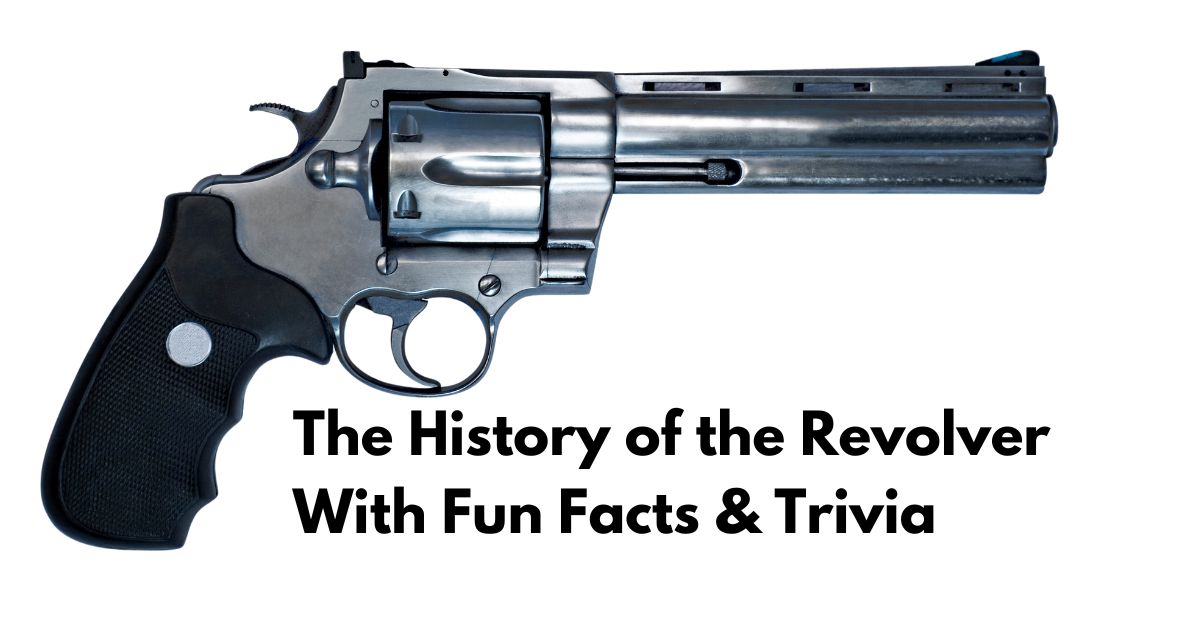
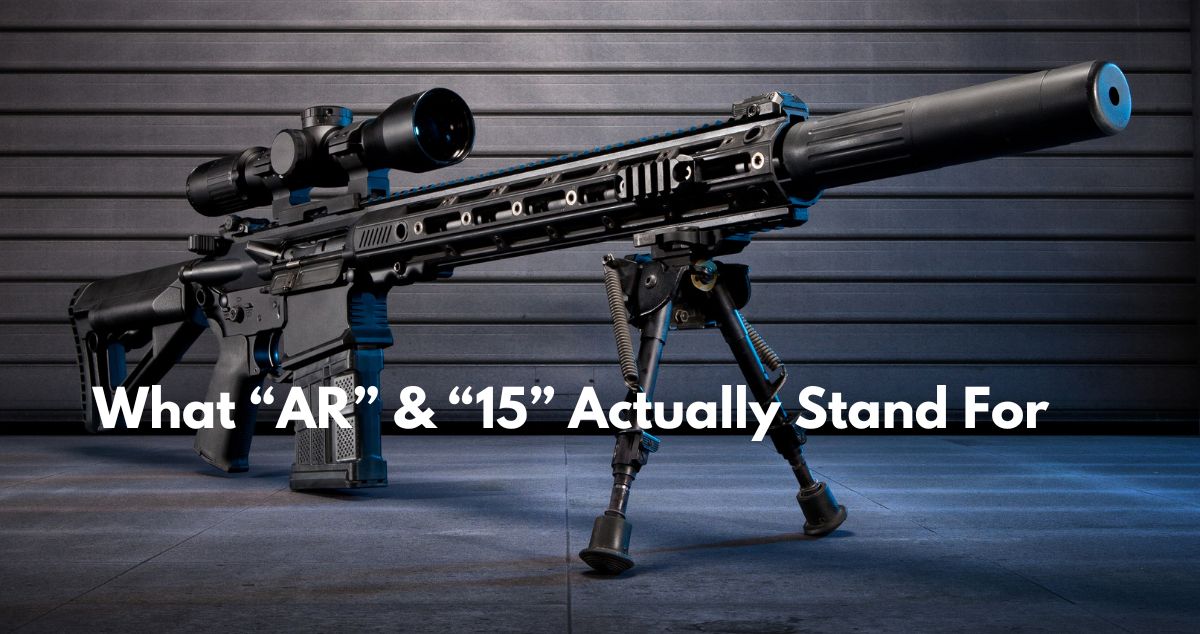
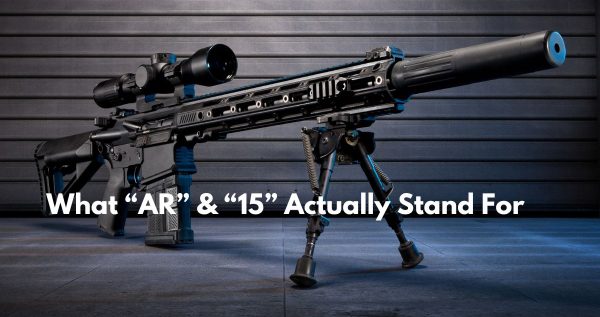
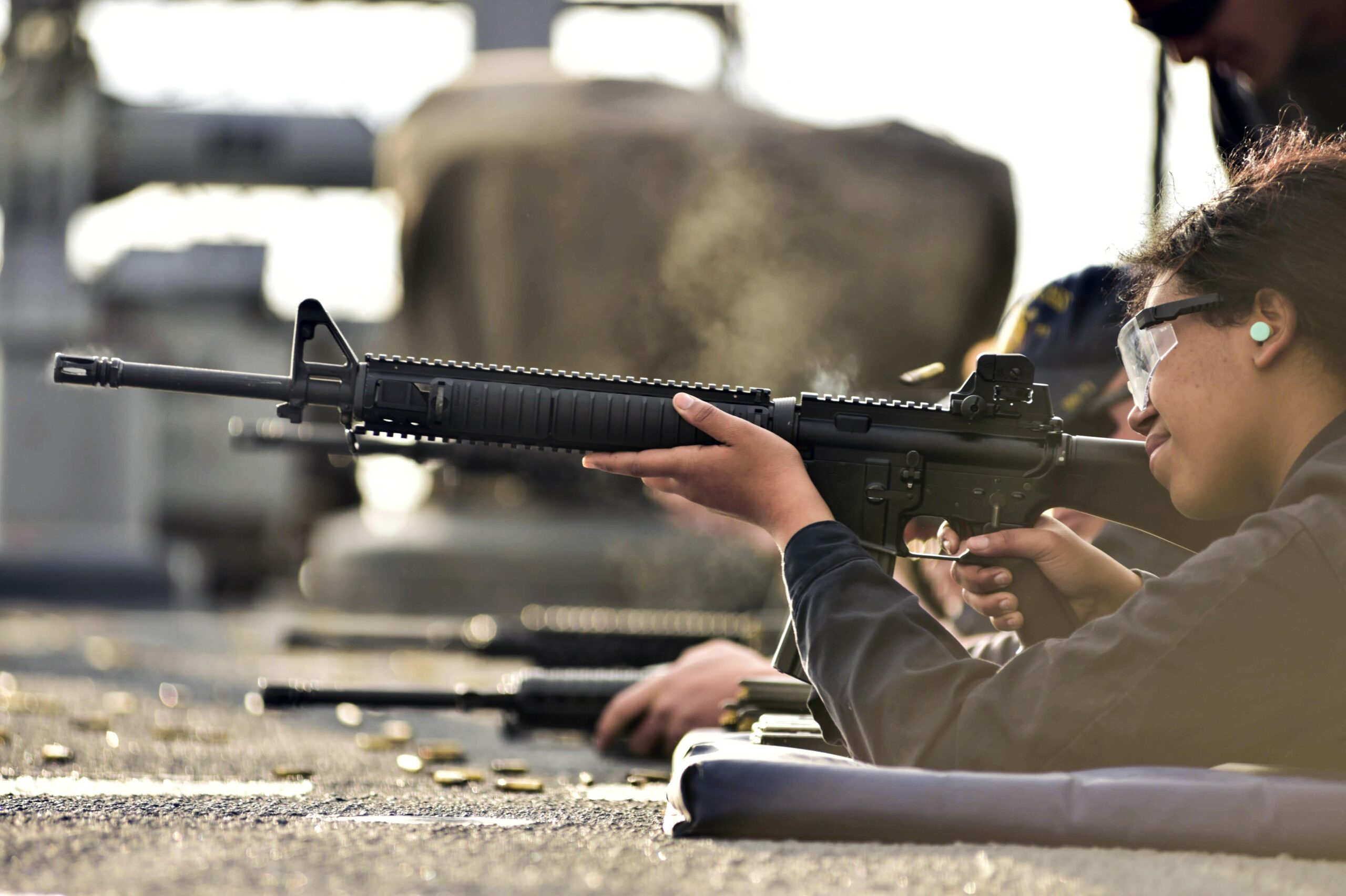
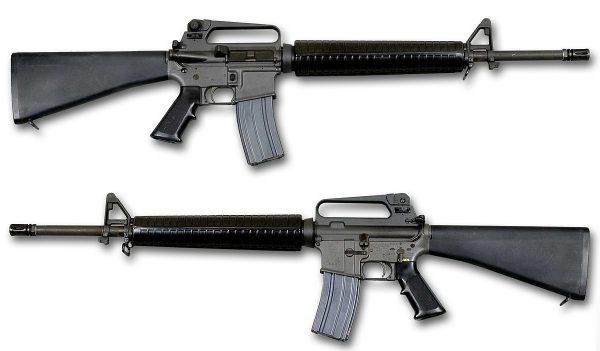
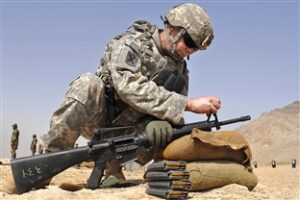
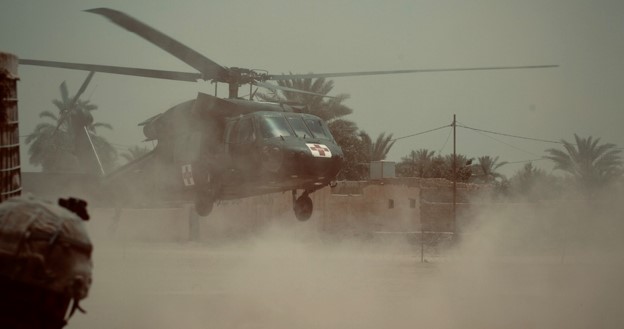
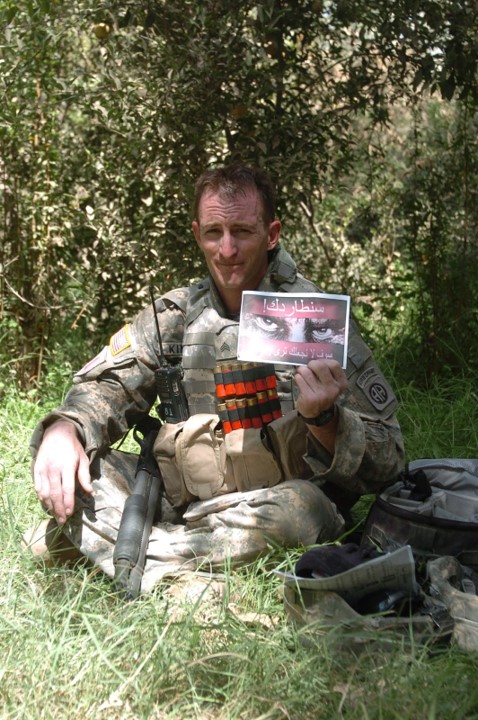


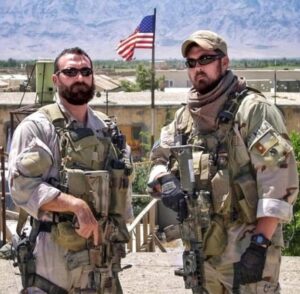
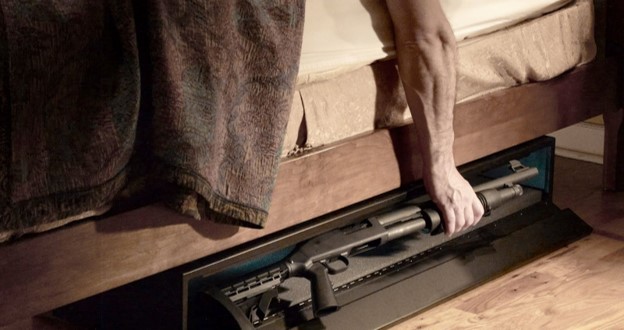
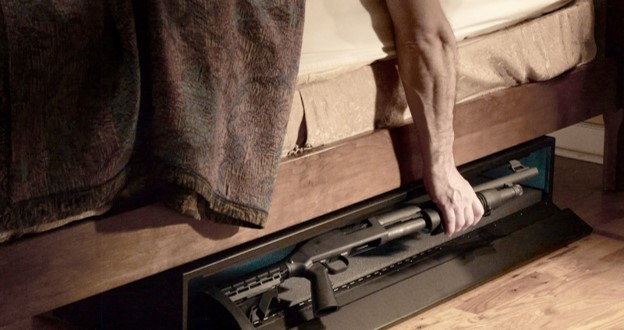

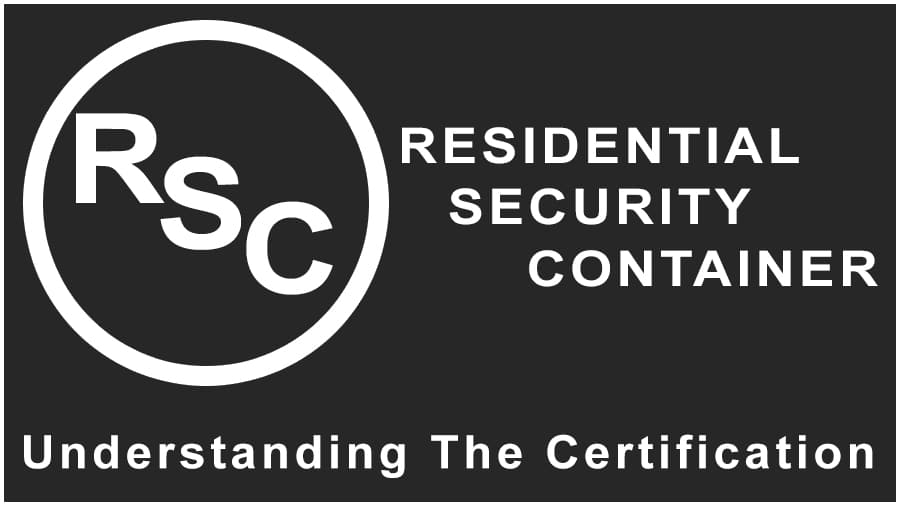
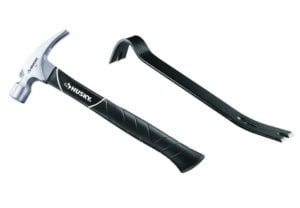
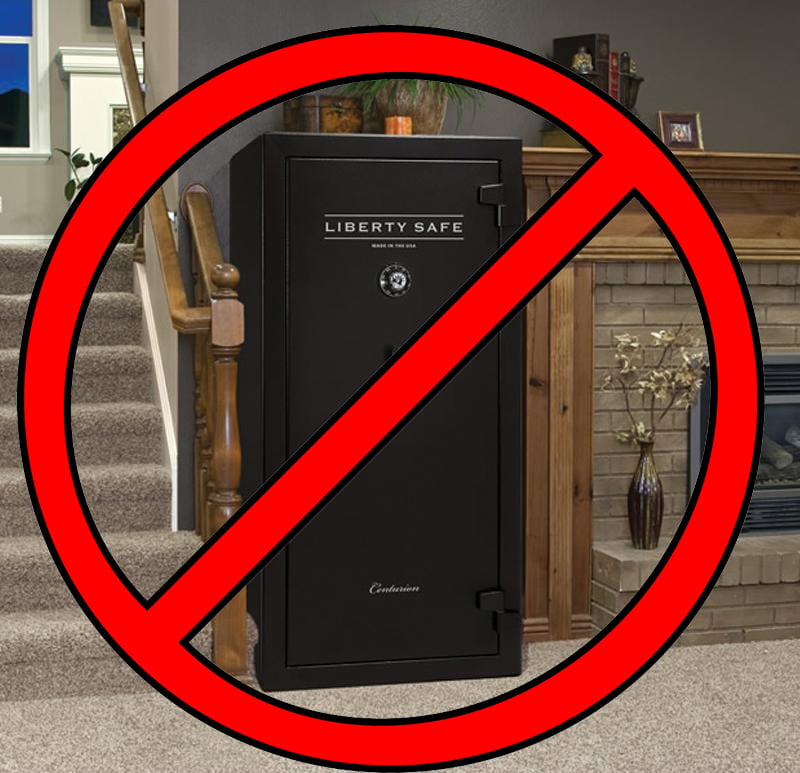
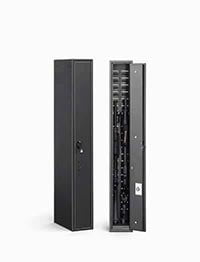
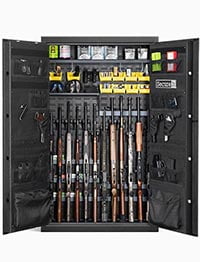
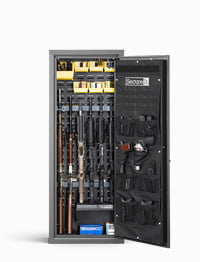

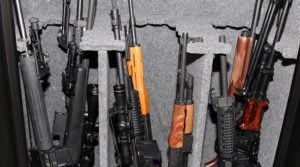
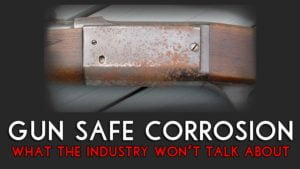
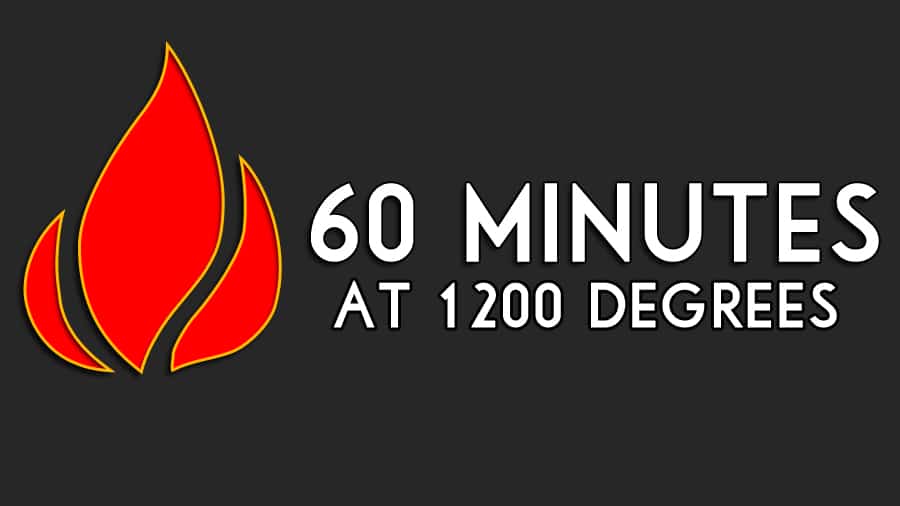
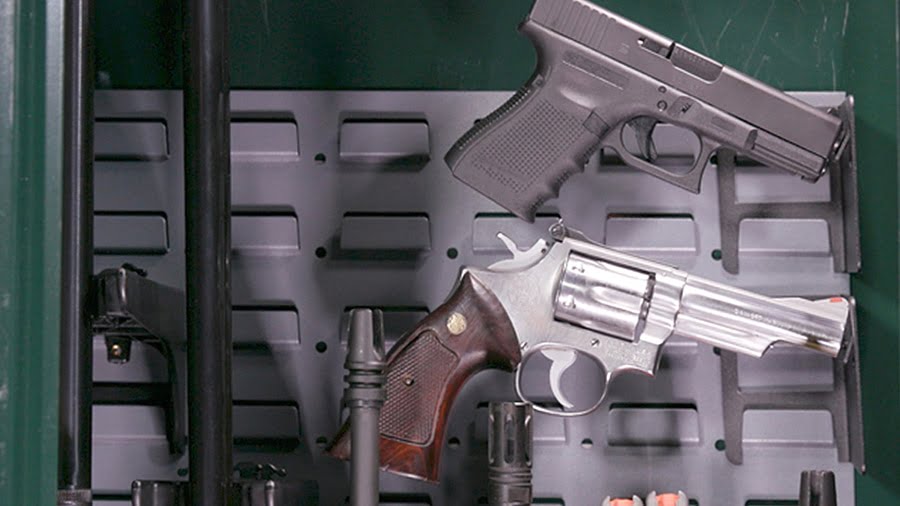
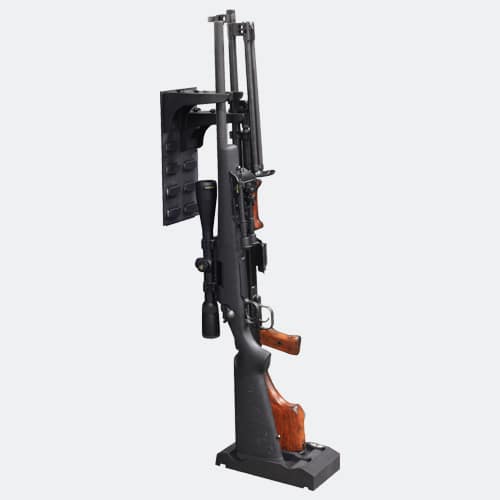
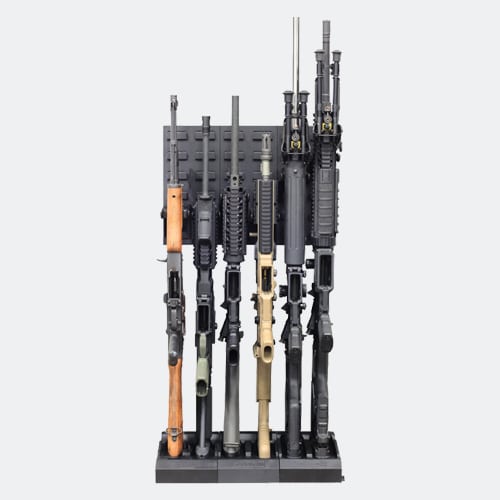

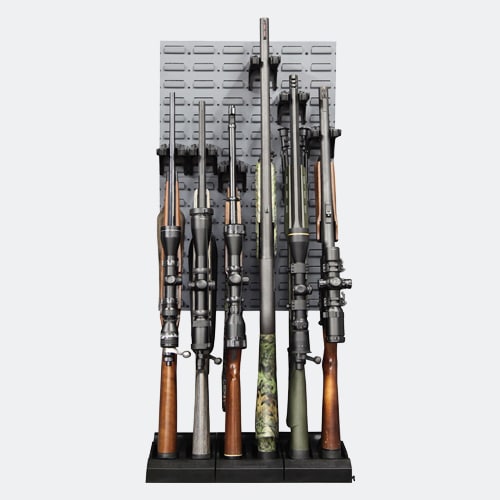
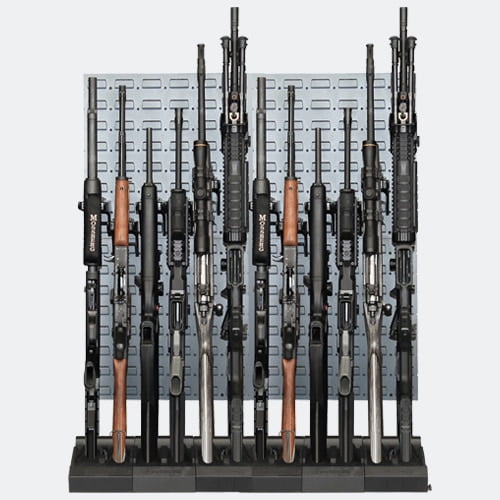
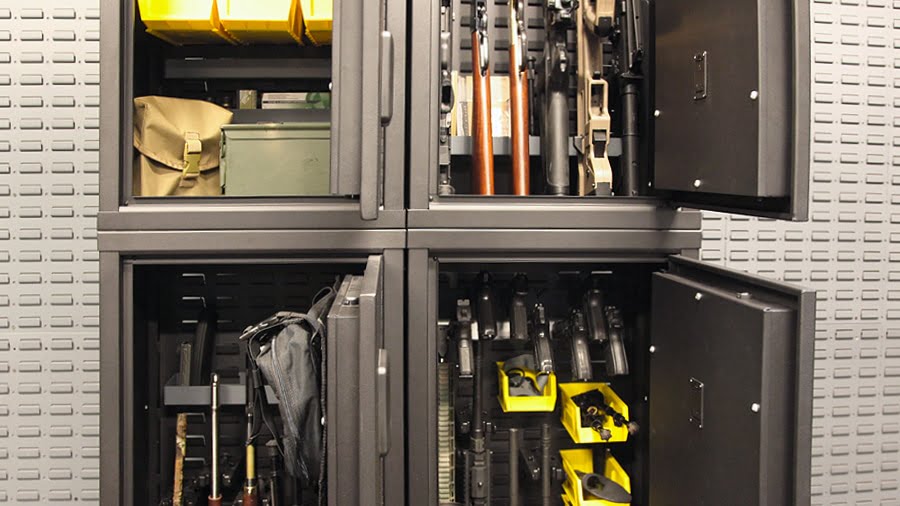
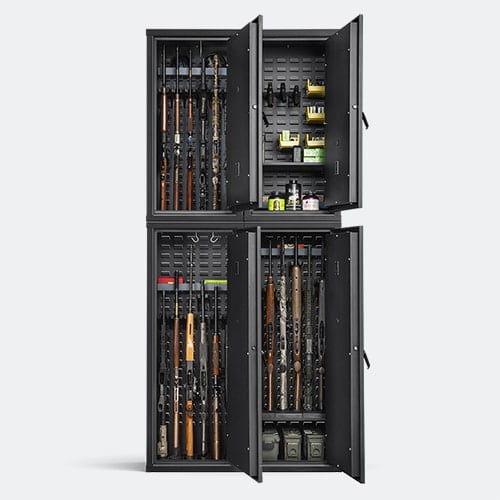
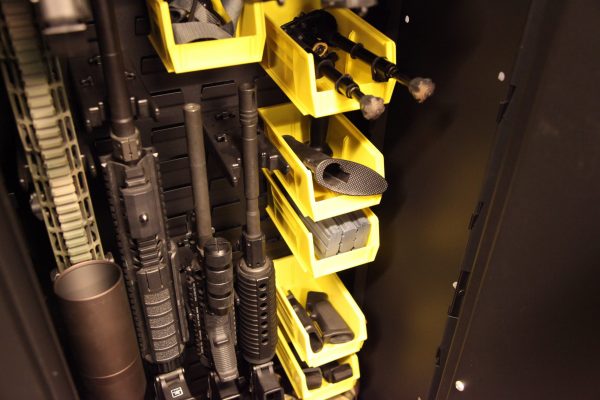
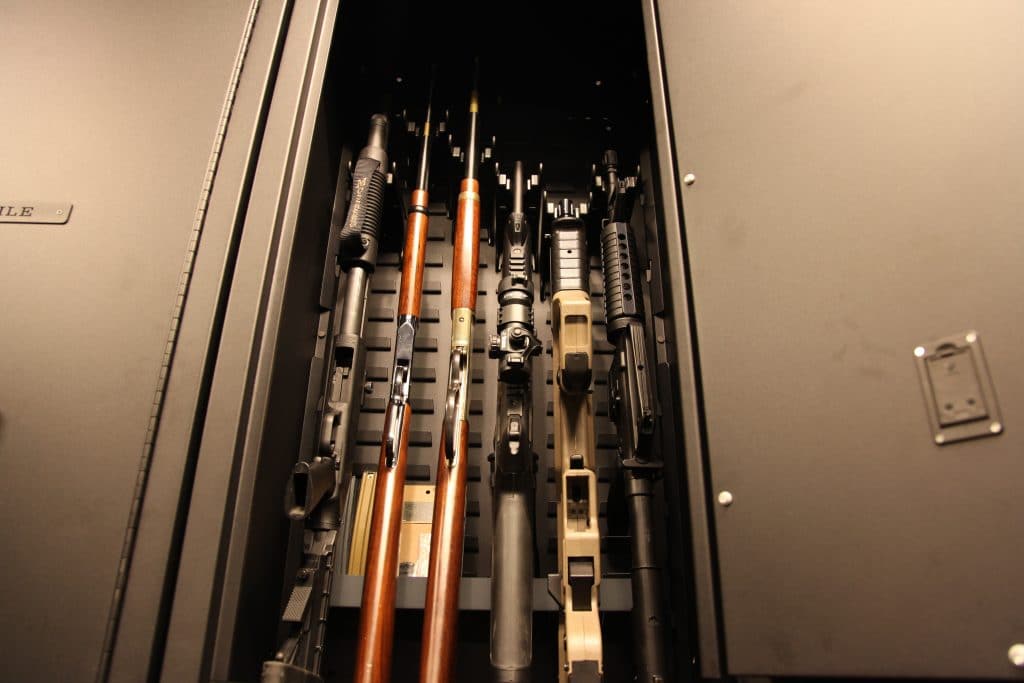
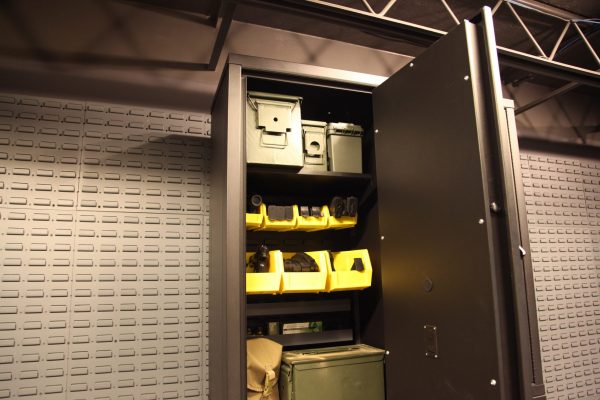
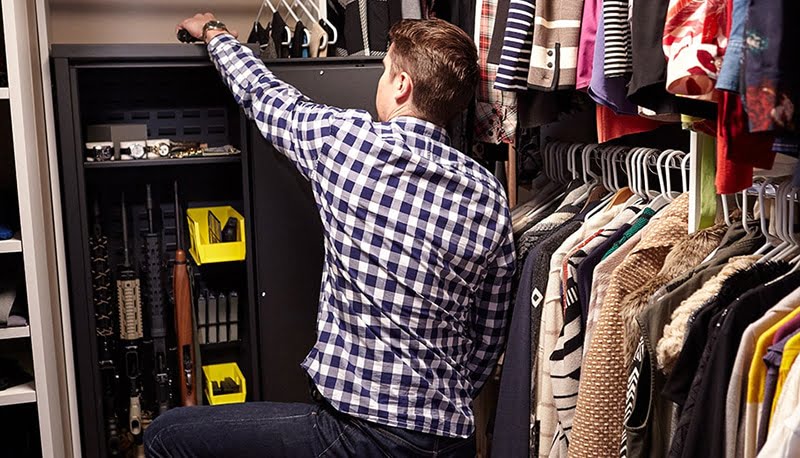

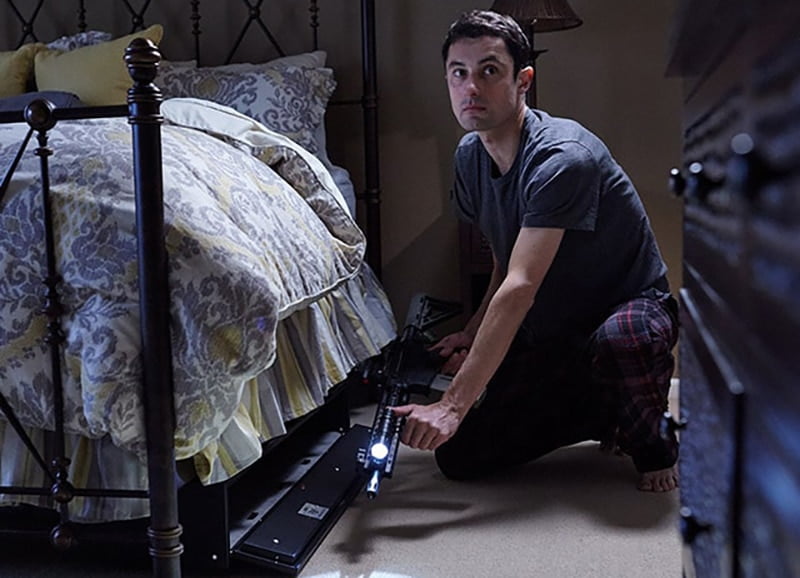
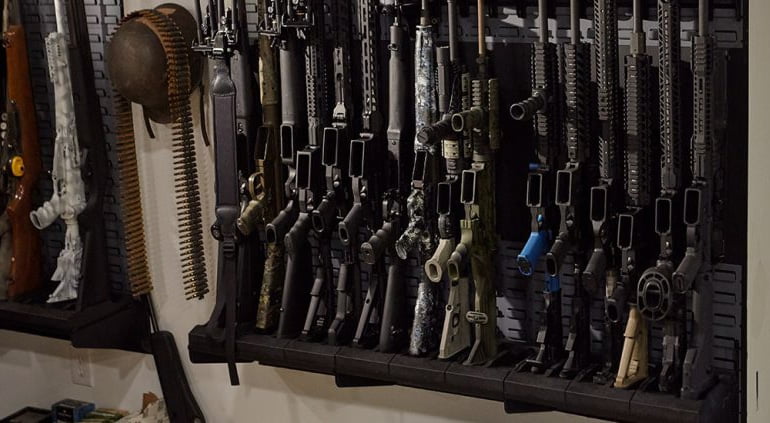

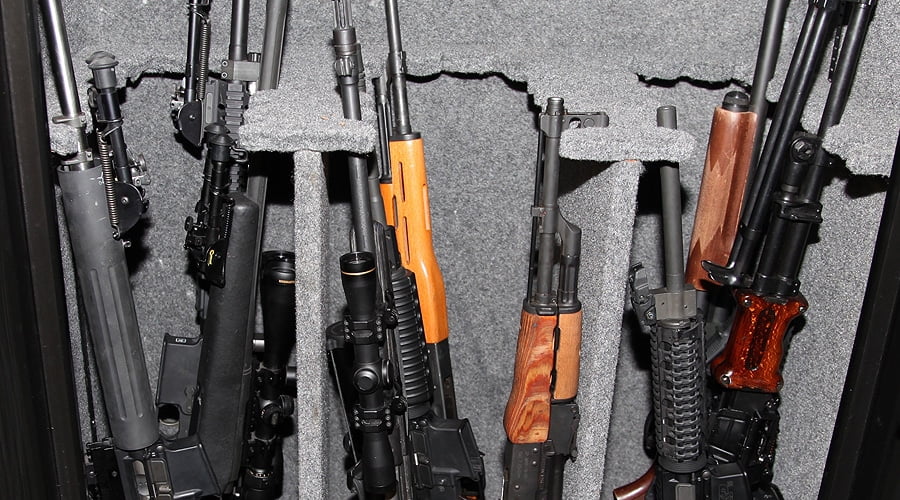
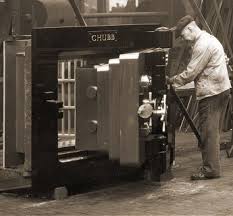
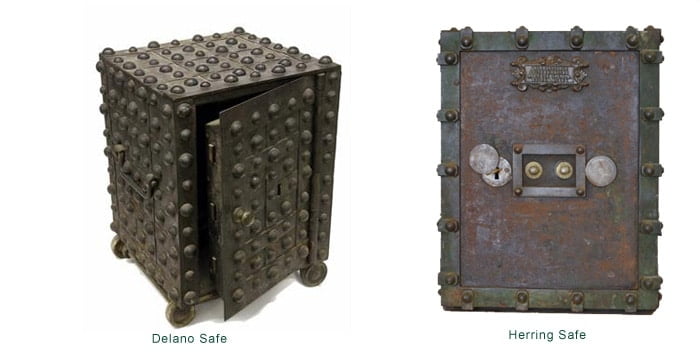
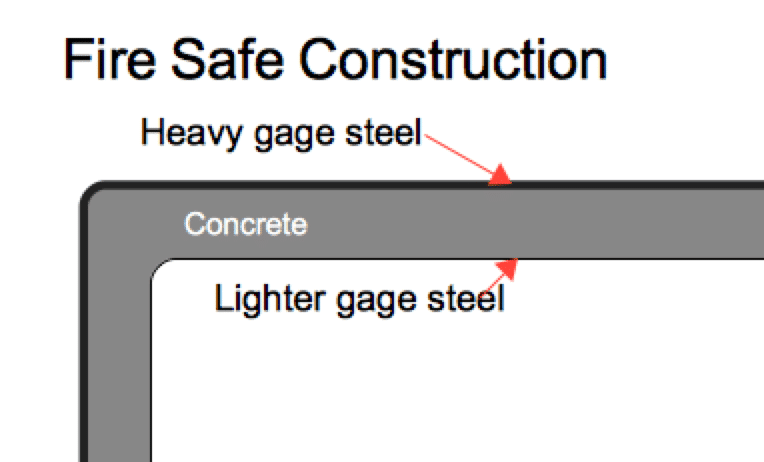

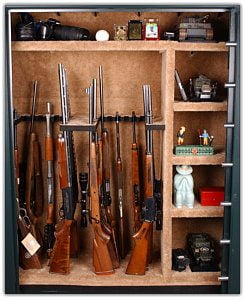
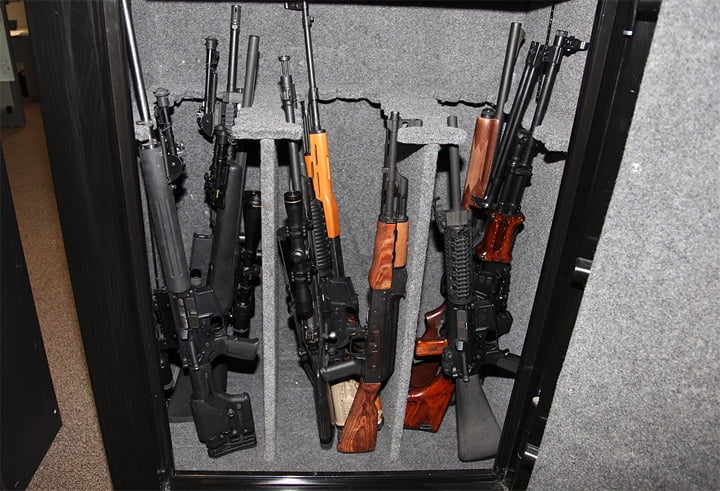
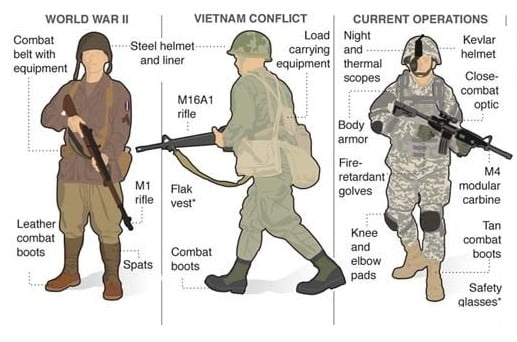
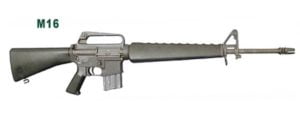 Basic M16 rifle replaced by M4 weapon system
Basic M16 rifle replaced by M4 weapon system 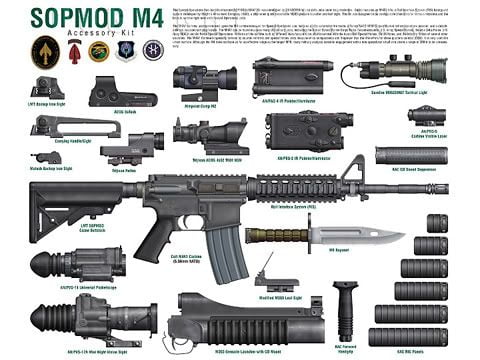 SOCOM M4 with SOPMOD Block 1 & 2
SOCOM M4 with SOPMOD Block 1 & 2